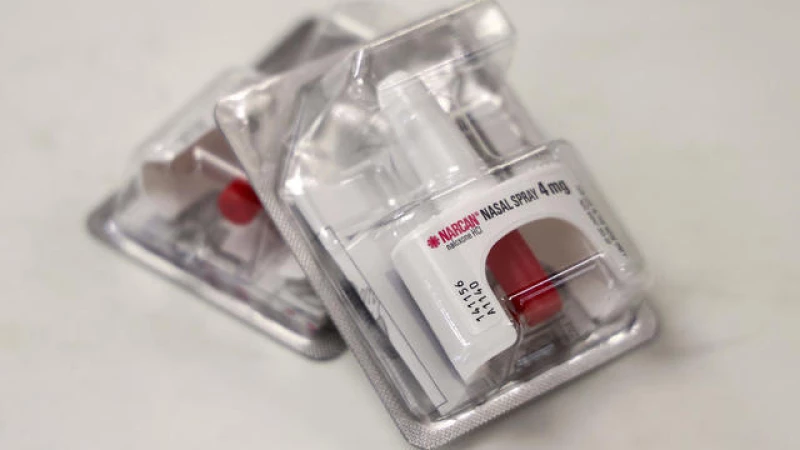Naloxone in the Classroom: Educators and Experts Take Action to Prevent Student Overdoses
As a high school student, Maddie Ward witnessed the tragic incidents of fellow students overdosing on fentanyl, a powerful synthetic opioid. Determined to make a difference, Ward immersed herself in learning about how to respond to overdoses. During her time at UCLA, she encountered an organization called End Overdose, which distributed naloxone, a medication that can reverse opioid overdoses. Inspired by their work, Ward became a co-founder of one of their first campus groups.
Reflecting on her experience, Ward said, "Naloxone had always been so expensive and kind of confusing on how to get and where it was available... Realizing it could be made so easy was really a great feeling." Today, her campus organization provides naloxone, fentanyl testing strips, and educational resources to students, empowering them to take action and potentially save lives.
With the alarming increase in overdose deaths and overdoses among young people, educators and experts are now bringing naloxone into the classroom as a preventive measure against student deaths. This medication has the power to reverse opioid overdoses, offering a lifeline to those in critical situations.
Monthly overdose deaths among young people aged 10 to 19 increased by 109% from 2019 to 2021, according to recent data. The majority of these deaths, 90%, involved opioids, and 84% involved illicitly manufactured fentanyl.
The American Medical Association has recognized the severity of the situation and has called for action. They are urging school staff to put naloxone, a medication used to reverse opioid overdoses, in schools to save lives. They have also issued a joint statement with other organizations, encouraging states, schools, and local communities to allow students to carry naloxone in schools of all grade levels.
In response to the crisis, state and federal legislators have introduced legislation to require schools to carry naloxone. The Biden administration has also recently encouraged schools to keep the medication on-hand and teach staff how to use it.
Lynn Nelson, the president-elect of the National Association of School Nurses, emphasized the importance of addressing the overdose crisis in schools. She stated that the crisis is affecting even younger students, including middle school and elementary school students. Therefore, it is crucial for schools to have naloxone readily available and to educate staff and students on its use.
In her experience, Nelson has observed a shift in attitudes among parents and community members towards the use of naloxone in schools. She stated that there is now greater acceptance and support for initiatives aimed at reducing drug use and overdoses among students. However, she also acknowledged that in some areas where support is lacking, it may be because individuals have not witnessed the effects of the overdose crisis firsthand.
"There are still areas where this issue has not yet emerged, and in those places, people may be taken aback and inclined to deny its significance," Nelson explained. "If parents have not witnessed overdoses in their schools, they may view the implementation of naloxone as unnecessary or assume that it is primarily a problem affecting young adults rather than K-12 students. However, naloxone is just one more tool in our arsenal."
Theo Krzywicki, the founder and CEO of End Overdose, shared that his organization focuses on educating high school students about naloxone usage. Younger students are taught how to recognize the signs of an overdose and how to seek help from an adult. These techniques aim to empower bystanders to intervene during an overdose situation.
"It's mind-boggling that young people don't have access to naloxone. It should be as common as a first aid kit in schools," said an advocate for drug safety. "The reality is that drug use is increasing, and it's crucial for peers to have naloxone so they can talk about it. If students don't have access to naloxone, we're missing out on an important opportunity."







